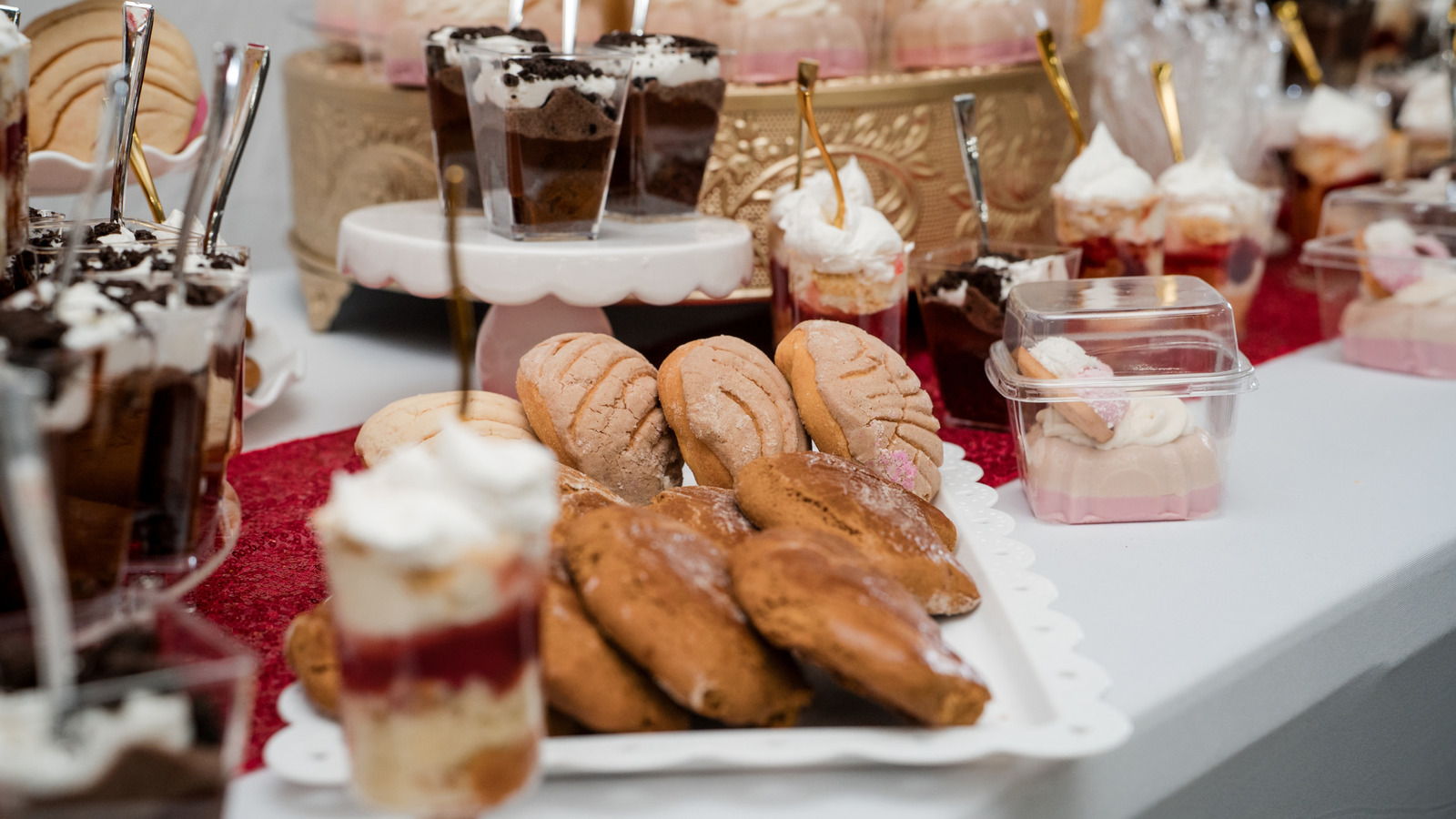
"At the time, it was common practice to have a large bowl in which to toss stale bread ends. When enough were collected, boiling water would be added to soften the bread, then it would be pressed to remove excess water. Whatever sweeteners and spices were available at the time would be added - sugar was only just arriving in England in the 11th century - and then the whole lot would be mashed together to make a dish called "poor man's pudding.""
"The humble beginnings of this dish gave way within a few centuries to an offshoot recipe that will sound much more familiar to modern diners. In the 13th century, ingredients like eggs, milk, and butter began to make their way into the dish, giving it the custardy texture that is now the norm. This new dish ditched the "poor man" moniker and was dubbed "bread and butter pudding." Over time, the buttery part of the name was largely deemed superfluous, and it was shortened to just "bread pudding.""
Stale bread ends were gathered and softened with boiling water, pressed, sweetened with available sugar and spices, and mashed into a dish known as "poor man's pudding" in 11th-century England. Sugar was only beginning to arrive in England during that period. The preparation provided a tasty way to use leftover bread that might otherwise be fed to chickens and lacked the rich custard of modern bread pudding. By the 13th century, eggs, milk, and butter were incorporated to create a custardy texture, and the recipe became known as bread and butter pudding before shortening to bread pudding, which remained popular across the British Isles, Europe, and the New World.
Read at Tasting Table
Unable to calculate read time
Collection
[
|
...
]